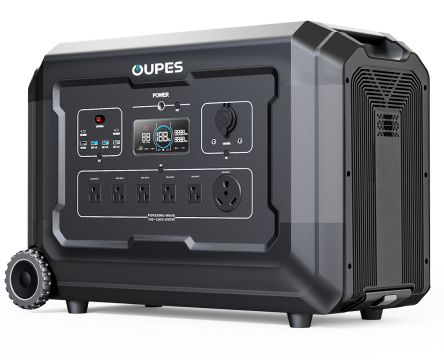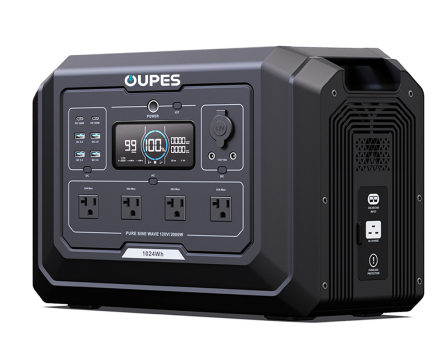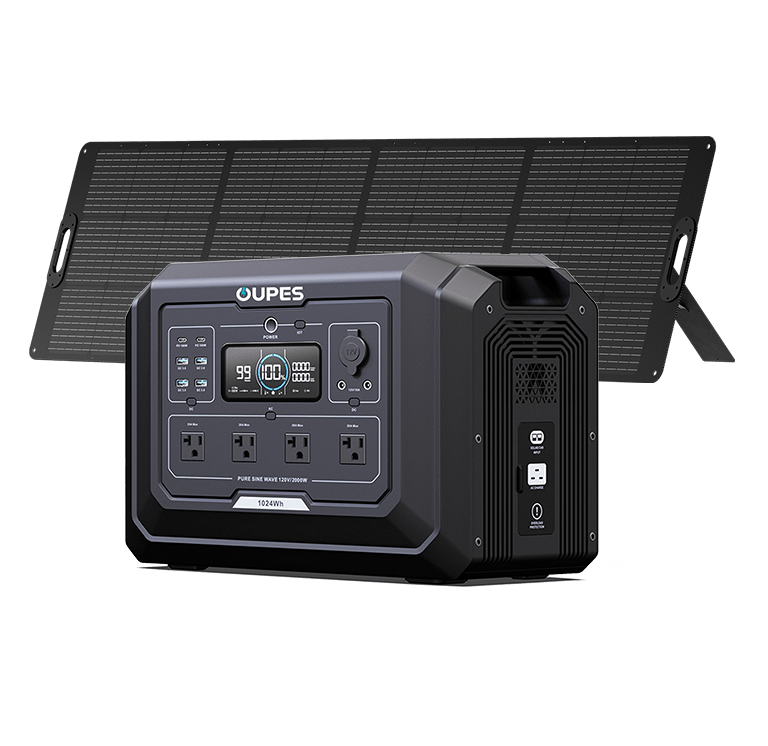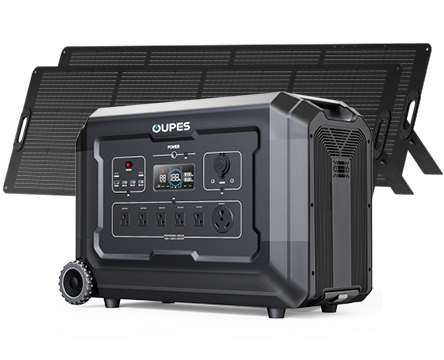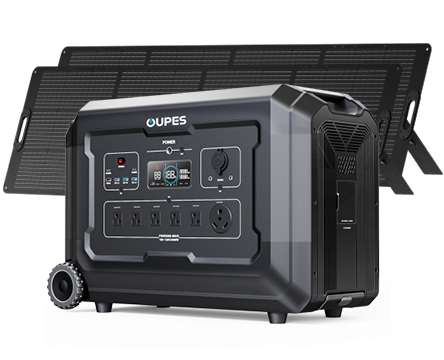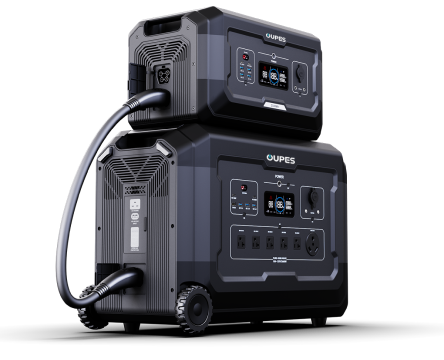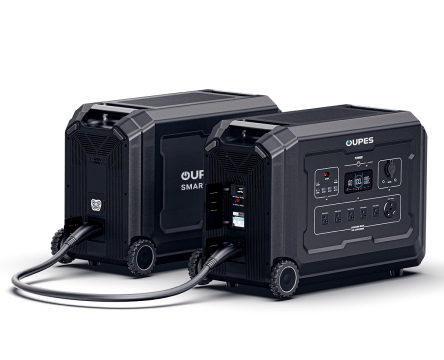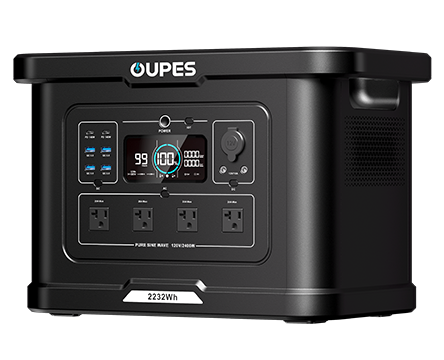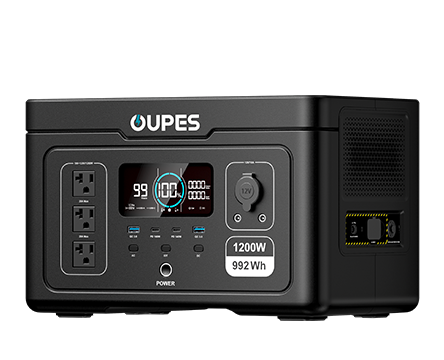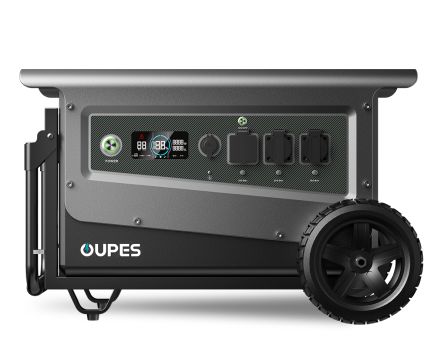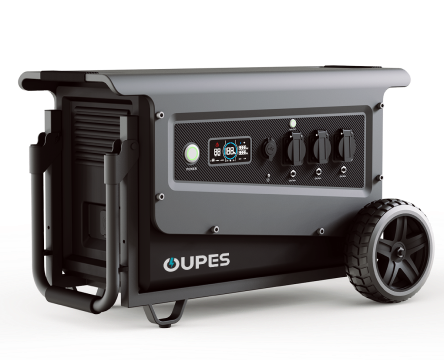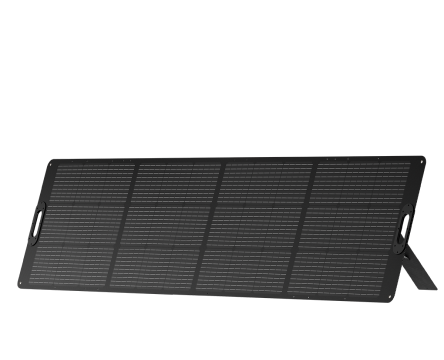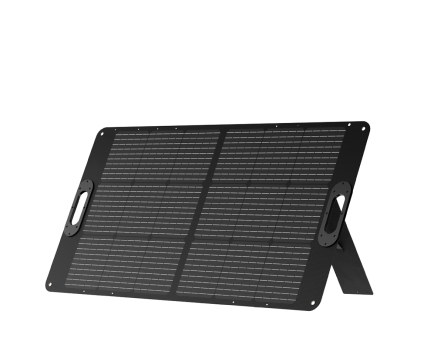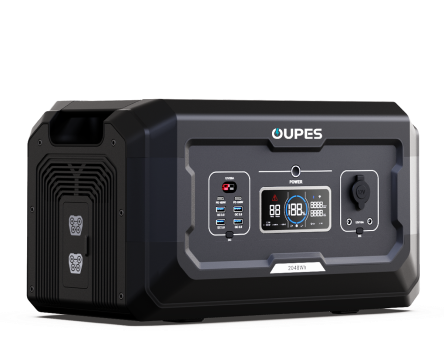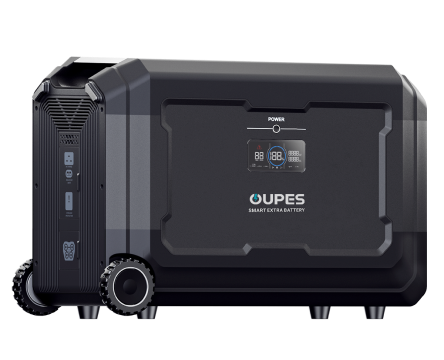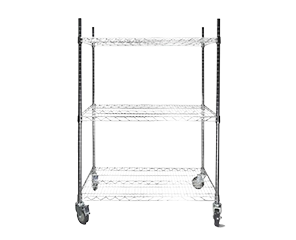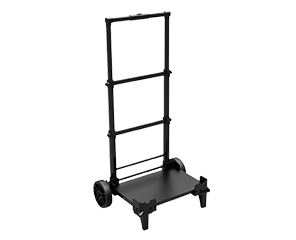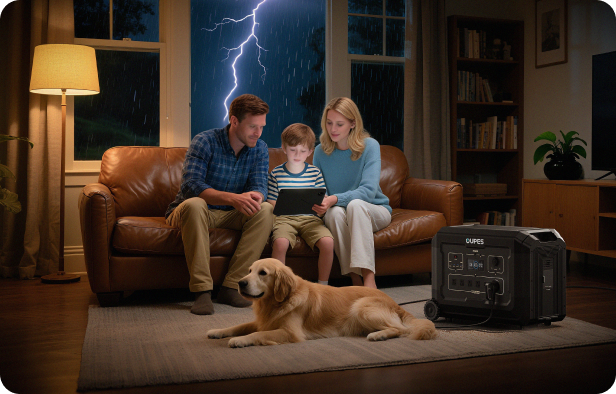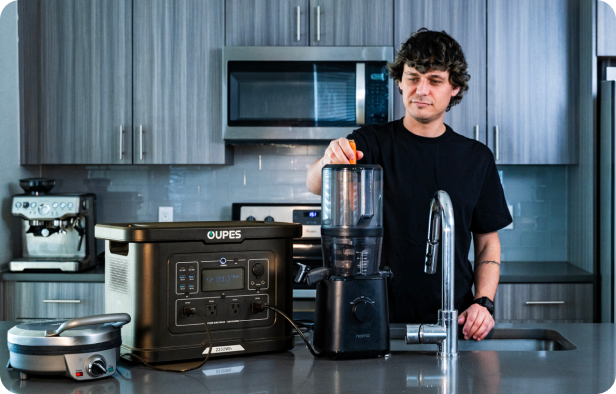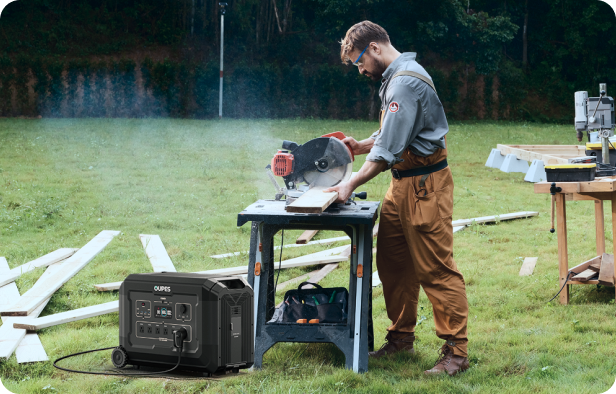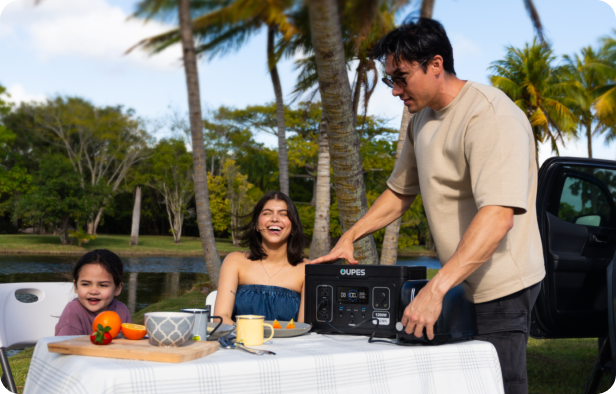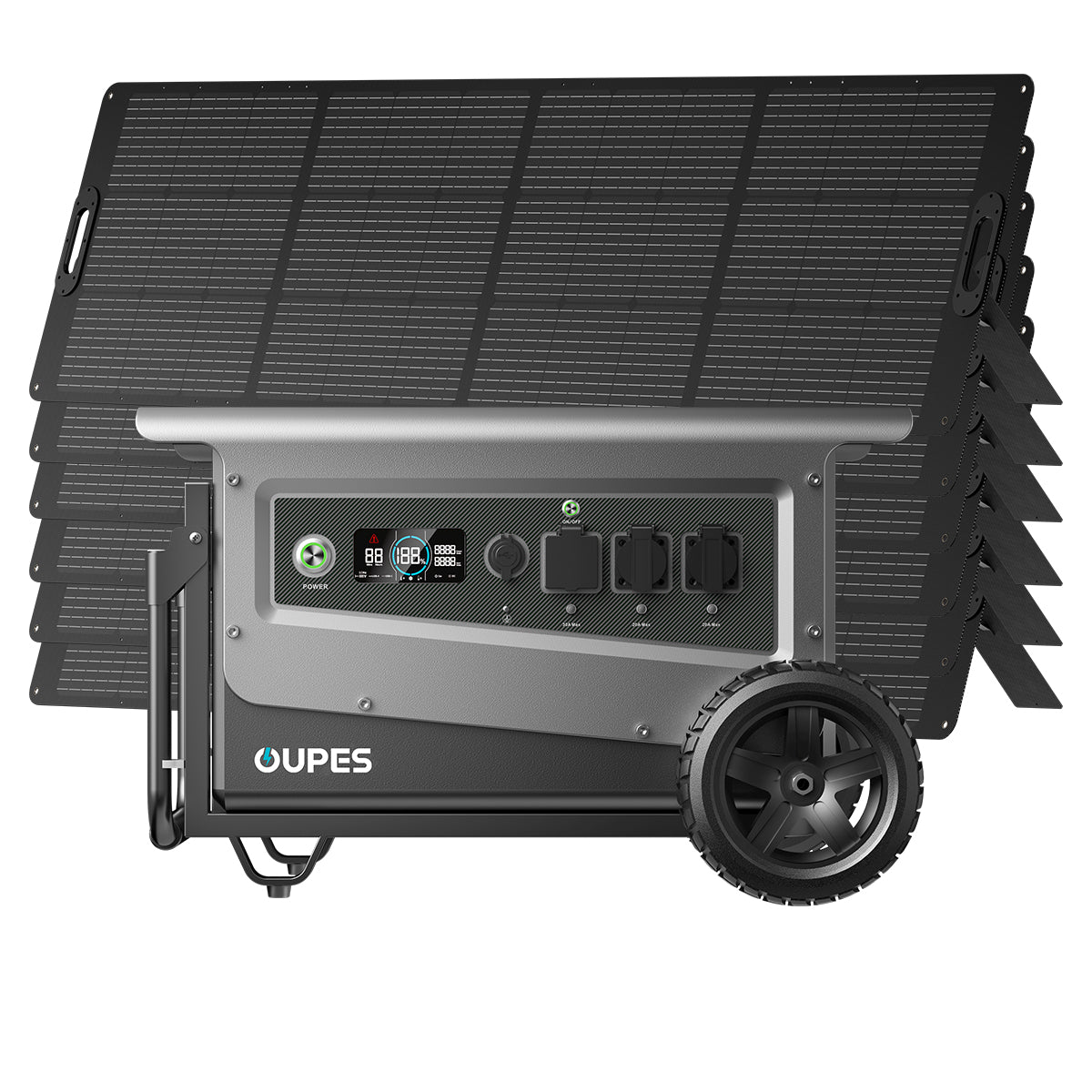
As solar power becomes more mainstream, understanding how to properly connect the components of a solar energy system is critical—especially for beginners. One of the most overlooked yet essential aspects is choosing the right solar panel connectors. These small devices ensure your system operates efficiently, safely, and reliably.
Whether you’re setting up a rooftop solar array, powering an RV, or assembling a portable generator, knowing which connector types to use can prevent power loss, overheating, or equipment damage. This guide covers the most common solar connectors, their benefits, and which applications they’re best suited for.
Why Solar Panel Connectors Matter
Solar panel connectors serve as the electrical bridges between panels, charge controllers, batteries, and inverters. A poor connection can reduce efficiency, create safety risks, and even shorten the lifespan of your equipment. Additionally, most connectors are designed to be weather-resistant and UV-stable, making them suitable for long-term outdoor use.
Knowing your connector types is also essential for compatibility, especially if you plan to expand your system later. Matching connectors ensure seamless integration without the need for risky improvisations or unreliable adapters.
MC4 Connectors: The Standard for Solar Installations
MC4 connectors are the industry standard for residential and commercial solar systems. Named for "Multi-Contact, 4mm," these connectors are built to handle up to 1,000 volts and 30 amps. Their weatherproof, locking design prevents accidental disconnections and ensures durability in harsh conditions.
Most modern solar panels come pre-equipped with MC4 connectors, simplifying installation. For DIY enthusiasts, MC4 connectors are easy to crimp onto custom cables, enabling flexible and secure connections across your entire system.
Anderson Powerpole Connectors: Modular and High-Current
Anderson Powerpole connectors are prized for their modularity and ability to handle high current loads—up to 180 amps in some models. These genderless, color-coded connectors allow for customizable arrangements and are especially popular in RV, ham radio, and off-grid setups where flexibility is key.
Unlike MC4s, Anderson connectors are ideal for systems that require frequent reconfigurations or high-capacity connections, such as linking battery banks or inverters. Their rugged construction ensures long-term reliability, even with repeated use.
SAE Connectors: Best for Small-Scale and Automotive Applications
SAE connectors are simple, two-pin connectors commonly used in automotive trickle chargers, 12V solar kits, and portable panels. They are easy to connect and disconnect without special tools, making them great for beginners or temporary setups.
However, SAE connectors are typically rated for lower currents (15-20 amps) and lack secure locking mechanisms, making them less suitable for high-power or permanent installations. Weatherproof variants are available to enhance their durability in outdoor conditions.
Other Useful Connector Types
- DC Barrel Connectors: Often used in lightweight panels designed to charge small electronics like laptops and cameras.
- XT60/XT90 Connectors: Popular in DIY battery builds and portable power stations for their compact size and high current capacity.
- Ring and Spade Terminals: Common for connecting directly to battery terminals in off-grid setups.
- Waterproof Connectors (Deutsch, Amphenol): Ideal for marine or rugged outdoor applications where moisture and corrosion are concerns.
These connectors may not be standard in every system, but understanding their uses can help when customizing or expanding a solar array.
How to Choose the Right Connector for Your Setup
The ideal connector depends on your system’s power requirements, environment, and flexibility needs:
- For residential systems: Stick with MC4 for secure, standardized connections.
- For RVs or modular systems: Anderson Powerpole provides flexibility and high current support.
- For small, portable kits: SAE connectors offer ease of use for basic charging tasks.
Ensuring connector compatibility also simplifies future upgrades, reduces power loss, and enhances system safety. Quality connectors, when paired with proper installation, extend the lifespan and efficiency of your solar investment.
Conclusion
Choosing the right solar panel connector is crucial for building a reliable, safe, and efficient solar power system. MC4, Anderson Powerpole, and SAE connectors each serve distinct roles across different applications. By understanding their strengths and limitations, you can design a solar setup tailored to your specific energy needs—whether at home, on the road, or off-grid.


